Agilita®
字体介绍:
Weltin的设计具有动感却粗壮、而且又非常实用的外观,精细却清晰的重点在水平方向上。这种传统方法使它成为大规模文本设置的通用字体,但它也可以用于复杂的信息设计项目和定位系统。因此,它被精细地开发成一个广泛的包含32种样式的字体家族系统。这甚至涵盖了显示和标题设置的要求。相应的窄体字重适用于水平空间不大的情况,例如在细窄的列和表格中。 AgiltaHairline和Agilta Ultra Thin样式是专门为显示用途而制作的。对于打印项目,字体最小应该设置为20 pt,对于激光打印机的输出应该设置为40 pt,具体取决于使用的纸张。
Agilita的字符集包括可能在词典中使用的特殊符号和标志;例如用于lemmata的箭头和用于交叉引用、习语或通俗语的符号。每个字重有两套可用于定位系统的箭头。 Agilta家族中的每种字体都是根据Linotype的Extended European字符集指南创建的。它们为在西欧,中欧和东欧(包括波罗的海和土耳其)使用的48种以上基于拉丁语的语言提供支持。
Created by German designer Jürgen Weltin, Linotype's Agilita is a contemporary humanist sans serif family with a wide variety of weights, including both ultra thin hairline options and heavier, dark type. Agilita has rather classical proportions; its clear ascenders and descenders lend more distinct word shapes.
Weltin's design has a dynamic, yet strong and very functional appearance with a fine but clear emphasis on the horizontals. This traditional approach makes it a versatile typeface for large-scale text setting, but it can also be used in complex information design projects, and orientation systems, for example. Hence it was developed carefully into a wide range type family system consisting of thirty-two styles. This even covers the requirements for display and headline setting. Corresponding condensed weights are suitable where horizontal space is rare, as in narrow columns and tables, for example. The Agilta Hairline and Agilta Ultra Thin styles were especially made for display use. These fonts should be set at a minimum size of 20 pt for printed project, and about 40 pt on output to laser printers, depending on the paper used.
Agilita's character sets include special symbols and signs that may be used in dictionaries; like arrows for lemmata and signs for cross references, idioms or colloquial language. There are two sets of arrows available in each weight for use in orientation systems. Each font in the Agilta family is built according to Linotype's Extended European character set guidelines. These offer support for more than 48 Latin-based languages used in Western, Central, and Eastern Europe, including Baltics and Turkey.














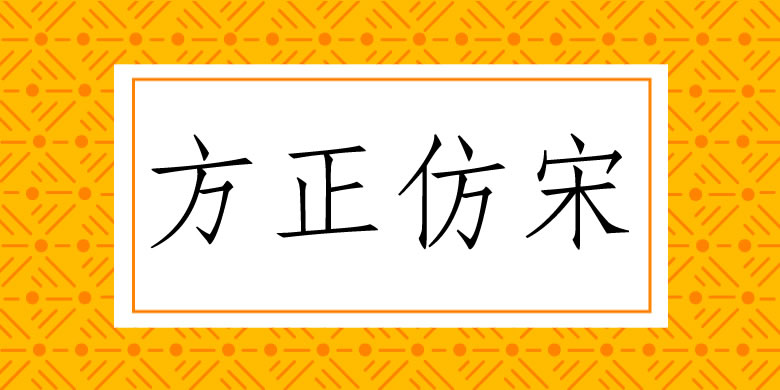
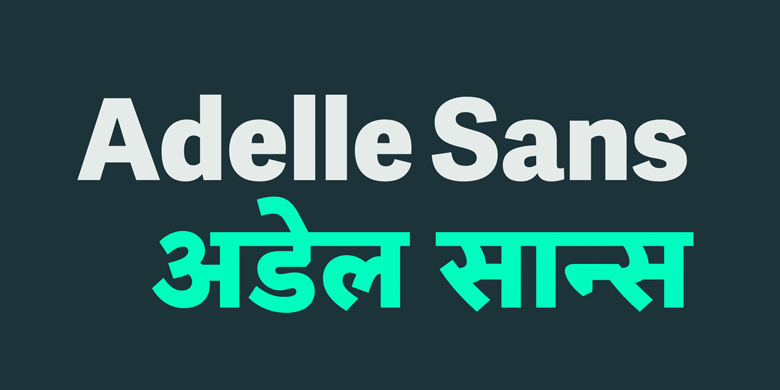
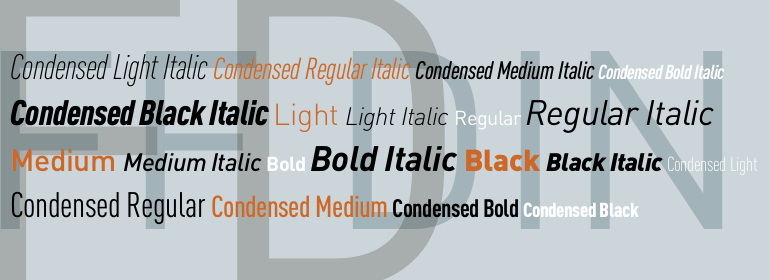
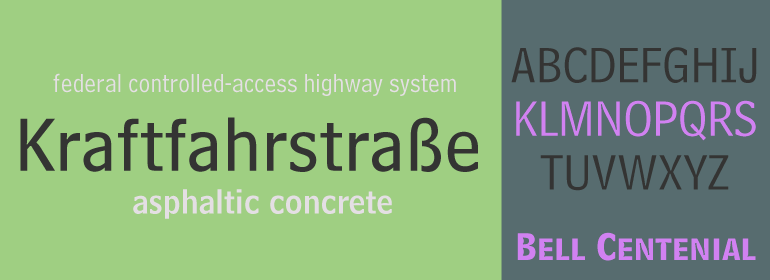
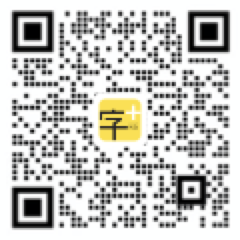


 商业发布授权
商业发布授权
 出版物授权:针对出版物
出版物授权:针对出版物
 嵌入式应用授权
嵌入式应用授权






